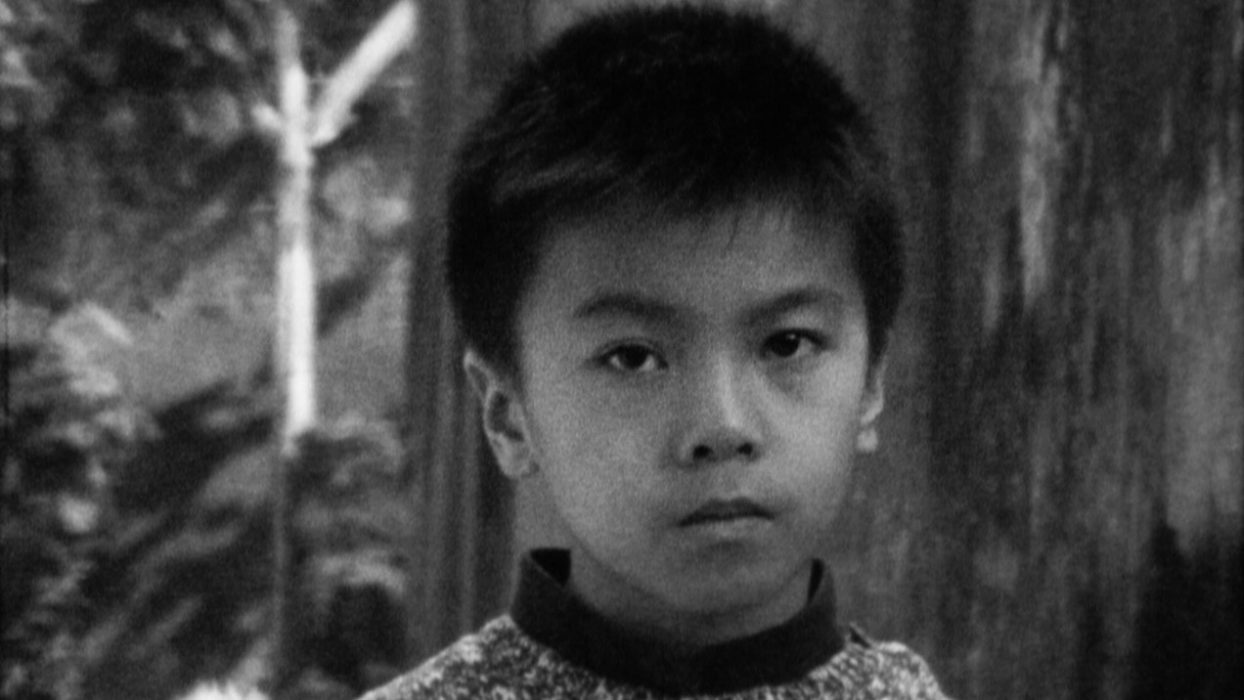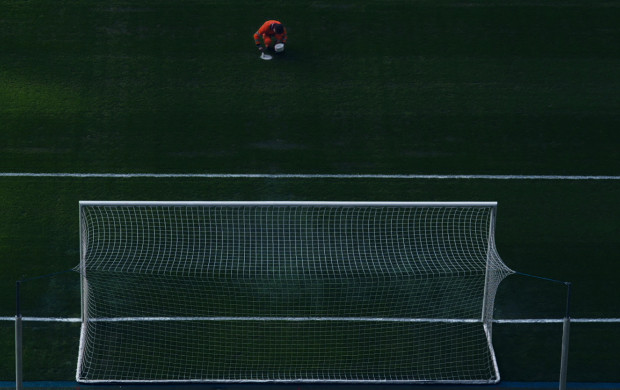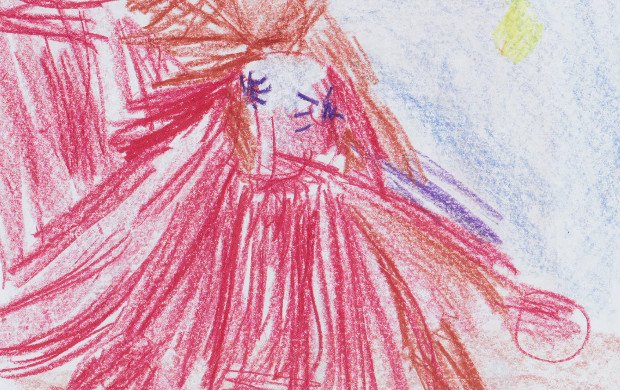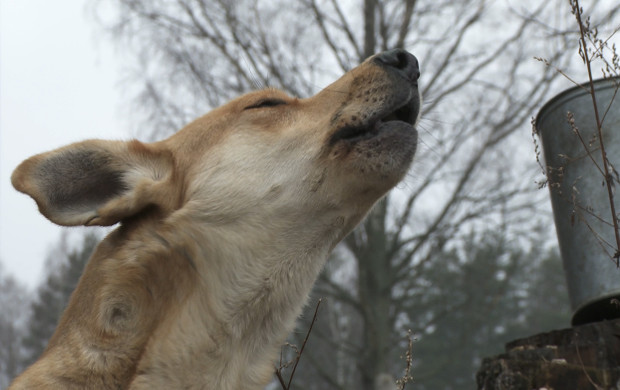Iec Long
- 2014
- Portugal
- 31 minutes
It begins in a burst of sound and light: the joyful sparkle of a Chinese New Year with its squibs and fireworks. The sequences shot in the present, characterised by their crisp definition, are soon followed by the slower rhythm of the past. In the wake of The Last Time I Saw Macao, in which the documentary shots of the former Portuguese colony took on the shades of a film noir, João Pedro Rodrigues and João Rui Guerra da Mata entrust cinema’s resources to phantoms that seem to be crying out. Between the World Wars on Taipa Island in Macau, the firecracker industry was as dangerous as it was lucrative. Valued for their dexterity and low labour cost, children were not only the most exploited—but also the main victims of deadly explosions. Although the Iec Long factory only operated from 1923 until the 1970s, its walls are still standing and its vivid memory—filmed as its soul—is constantly present. The testimony of a former worker is supported by the more grainy images of a boy with a gaze from beyond the grave. Photos, archive footage, figurines: different types of image and voice create a convergence between a return to childhood and a colonial past. Starting with an outburst of sparkle and crackling, Iec Long creates more diffuse and softer resonances, which are also more haunting than the joyful detonations of the opening celebrations. (Charlotte Garson)
- Editing : Tomás Baltazar; João Rui Guerra da Mata; João Pedro Rodrigues
- Sound : Nuno Carvalho; Carlos Conceição
- Photography : João Rui Guerra da Mata; João Pedro Rodrigues
- Producteur : BLACKMARIA
- Print source : Agencia da Curta Metragem





